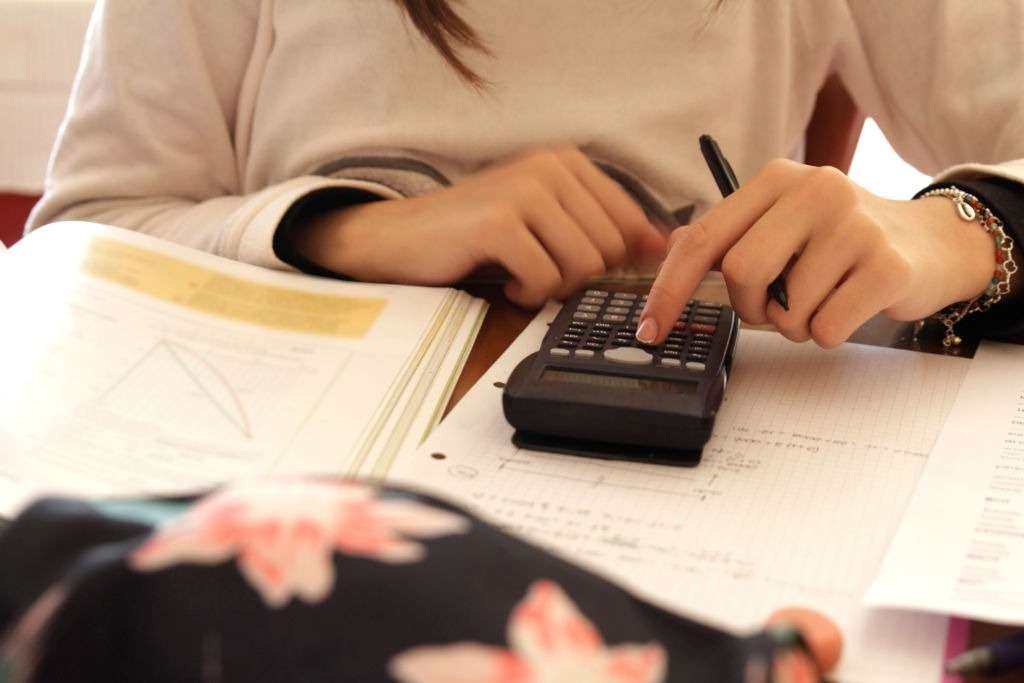




Studies reveal that mathematics is one of the most difficult subjects for students. This is evidenced by the number of students who fail this course during the year. Among the most complicated mathematical exercises are third grade equations. So if you have any doubts about them, today we will solve them for you.
Let's remember that, as we advance in our academic level, we come across a variety of more complicated mathematical exercises. That is why, after learning about first-degree equations and second-degree equations, we come across third-degree equations. Which, as you can imagine, are more complicated than the previous two.

Like any other type of equation, it is a mathematical operation that includes an unknown. The intention of the whole activity will always be to find out which number represents the unknown or variable. This will always be represented by the symbol X.
Now, since this is a third degree equation, this means that the unknown is raised to the third power. Just as in the case of second degree equations, which were raised to the second power.
From the third degree equations onwards, the next ones vary the number to which they are raised. That is to say, fourth degree equations are raised to the fourth power, fifth degree equations are raised to the fifth power and so on.
However, today we will only focus on those equations that are raised to the third power. Since they tend to be the most commonly used in secondary and high school.
If you are interested in learning how to solve third degree equations, you have come to the right place. Today we are going to offer you a small tutorial with which we want to explain in detail how to solve this type of equations. So pay close attention to the step by step so that you always follow it to the letter.
The first thing you should do as soon as you have the equation in front of you is to simplify it. In most mathematical exercises with this equation, you will find yourself with the equation already simplified. Therefore, you should always have a structure similar to the following in front of you: X3 - 2 X2 - X + 2 = 0.
Dividing the values of the polynomial and testing the divisors
To solve a third degree equation, it is best to use the Ruffini system as a guide. This system is the one on which we will base our explanation.
Therefore, after having simplified the equation, it is time to divide the values that are part of the polynomial by those independent value divisors. By independent divisor factors we must understand all those values that do not have X.

Taking the equation of the first step as an example, we must divide 1, 2, 1 and 2 by the divisors of the independent value. For this specific case, the divisors of 2 are 1 and 2. Following the Ruffini system, by dividing 1, 2 1 and 2 by the value 1, the results we would obtain are 1, -1, -2 and 0.
However, you must bear in mind that, when the number 0 appears, we will already have one of the results. The first result will always be the divisor of the independent value that has given us the result 0. This means that the first result is the number 1.
After you have found the first result of this equation, it is essential to create a new equation. For this point, your first value should always be X2, then X and finally the third independent value. In our case, the new equation would be organised as follows: X2 - X - 2 = 0.
At this point, the new equation we have created is a second degree equation. So, at this point, you will have to put into practice what you have learned about solving second-degree equations. In this way, after following the instructions for second-degree equations, you will have finally arrived at the final result of the equation in question.
As we briefly mentioned before, after solving third-degree equations, all other equations are solved in exactly the same way. That is to say, the step-by-step we gave you in this article can also be followed for solving fourth or fifth degree equations.
Of course, these are higher level equations that you probably won't see until some technical or university study. Whether you've decided to pursue a degree in mathematics, physics or engineering. The important thing is that once you get there, you'll know that the knowledge of third-degree equations will be useful for the higher ones as well.
This is all thanks to the use of the Ruffini system for solving equations. This is a system that you will surely have already learned in class and therefore understand the importance of it. It is extremely useful for solving all kinds of equations more quickly and easily.
If after learning more about third degree equations, you still have doubts about solving them, you may need a little extra help. Hiring a private tutor can be an excellent option to help you better understand the topics in class and pass all of your academic assessments. Luckily for you, at WeSmartly you can find it.
On our website you can find information about teachers who specialise in various areas of study. Among them, there are many maths private tutors who are willing to help you pass the subject. Especially when it comes to assessment activities related to third degree equations.